My head has constantly been lost in thoughts since the day I went ahead and took my flight back home to the United States, after spending my time in Spain. The Camino de Santiago pilgrimage in and around Santiago de Compostela Spain is one of the most beautiful experiences ever. However beautiful it is, my life didn’t change dramatically after going through these 500 miles and 33 days walk. But one thing was for sure, I went ahead and booked my flight back to Los Angeles, California.
I still think about my experiences in France as well as Spain and to this date I have so many unanswered questions, and one simple question bolts out, would I cross my boundaries and attach myself further to my ever growing, thinking wall.
These are a few unanswered questions that I think I would carry on forever but they certainly do make me appreciate the thinking wall I set up in my brain. Now I want to add on the learnings from the journey of carrying so much potential that individuals could carry on.
What does The Camino de Santiago signify?
It signifies so many things at once. First and foremost, I want to introduce to you The Camino de Santiago. This place is known as the St. James Way and it houses so many cultures with varied pilgrimage routes leading towards the shrine of St. James the Great standing tall In the Cathedral placed in Santiago de Compostela in Spain. This historic pilgrimage dates back to the Middle Ages and draws people from all over the world each year. While modernity has altered the reason behind the pilgrimage, with people undertaking the journey for personal growth, adventure, exploration, culture, and spirituality rather than solely religious reasons, the most famous routes still retain their popularity. One such route is the Camino Francés, starting in St. Jean Pied de Port and spanning around 800 kilometers (500 miles) to France.
This article by Jen Pellerito motivated us to embark on this incredible pilgrimage in 2025 and even taught us lessons from this historic path. If you are planning your Camino de Santiago hike, don’t forget to check out Jen’s recommendations on Where to Stay on the Camino de Santiago.
When you’re walking, time moves slower
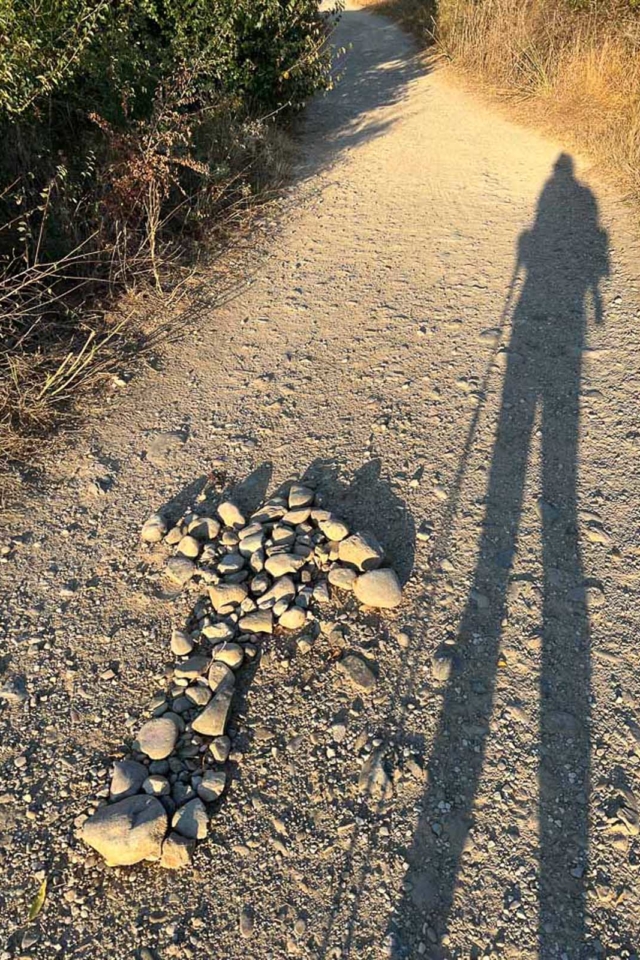
When it comes to the Camino, the distance of 5 to 20 miles can be covered by walking over the span of 5 to 8 hours, contrasting sharply with home where one can drive, fly, or take the train.
As one ventures out on a walk, it is almost as if the pace of everything around them comes to a standstill. This literally beneficial pace comes with the advantage of having more time – something of the utmost importance to many.
I can now feel the time going by, noting how the sun rises and sets at different times of the day, how the weather changes, how flowers blossom, and how days go by.
Nothing stays the same. My daily life continued to repeat itself, yet everything else was changing, which I came to notice during the mundane moments.
You’ll never look at your feet the same way again

On the Camino, my feet suffered the most. It wasn’t just about blisters anymore — walking on hard surfaces, especially downhill, had an impact. Read more tips to Staying Safe and Healthy on a Hiking Adventure.
I was stunned to watch my feet swell, I watched my toes blister, and I was fearful those blisters would become infected. Eventually, I witnessed my feet heal.
I have never experienced myself worrying, talking, and yes — complaining — about my feet as much as I did during this journey. After this journey, I can say that I learned the most important thing – how to take care of my feet.
For the blisters, I remember vividly, sitting at the Airbnb from where I intended to continue my journey. My host was adamant about assisting me. Listening to my half-baked fears, she decided not to invite her husband to help. Her Spanish was very limited, allowing us to converse quite freely, slowly building phrases with language sites.
I’m pretty sure infection isn’t the biggest issue here.
Once I am done complaining, I will notice that I do not know the first thing about infections or blisters.
Five days into my strolling routine, I was sitting adjacent to the rental space’s non-air-conditioned kitchen, holy moly was this a recipe of sweaty troubles. Let’s just remember I had a long way to go, in every sense of the phrase.
Initially, I did apply process lubricant on Vaseline on my toes and heel, accompanied with the right strategic bandaging socks, quite on the contrary to my previous assumption, but I somehow figured out how to prevent infections and stop myself from wanting to just throw myself straight into the deepest parts of the ocean. Combined with a moderate prevention strategy, I realized that all the irritation was actually worth it.
Your feet have their limits, but as long as you’re nice to them, they can take you places that you’ve always wanted to see.
Community and connection
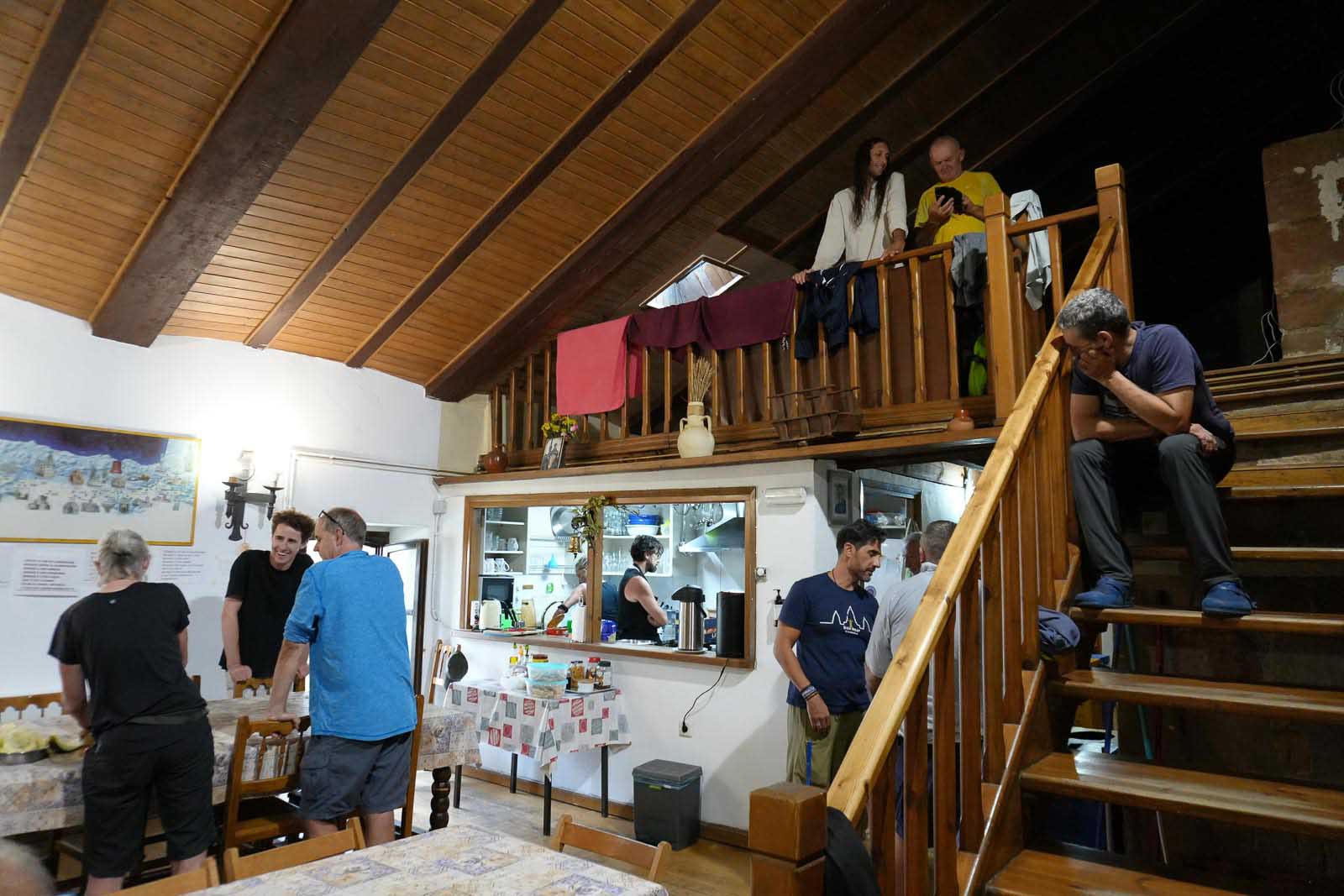
Every single human in the world should have a pair of feet, complementing all the muscles that every individual has, as very crucial, whenever they travel on their journey in life.
In fact, I haven’t faced any blister challenges before, so whenever or wherever, I settled to relax.
In case very strangely feverish toes and a massive gaze emanating astonishingly from an Airbnb ever seemed to wonder, I believed they came hand in hand, and that popular sobbing does raise life in every instance anywhere around me.
Felt nauseous as my head spun. Could this go terribly wrong?
I felt like a complete idiot while she worked on her translation app for the entire hour. To my surprise, she removed the first blister and then the second one. Honestly it hurt a lot less then I assumed it would.
I met her only minutes before she started working on me during my most disgusting phase and I was somehow feeling complete vulnerability and humility.
You will learn that as we walk the Camino, we are all in this together.
The Camino Provides
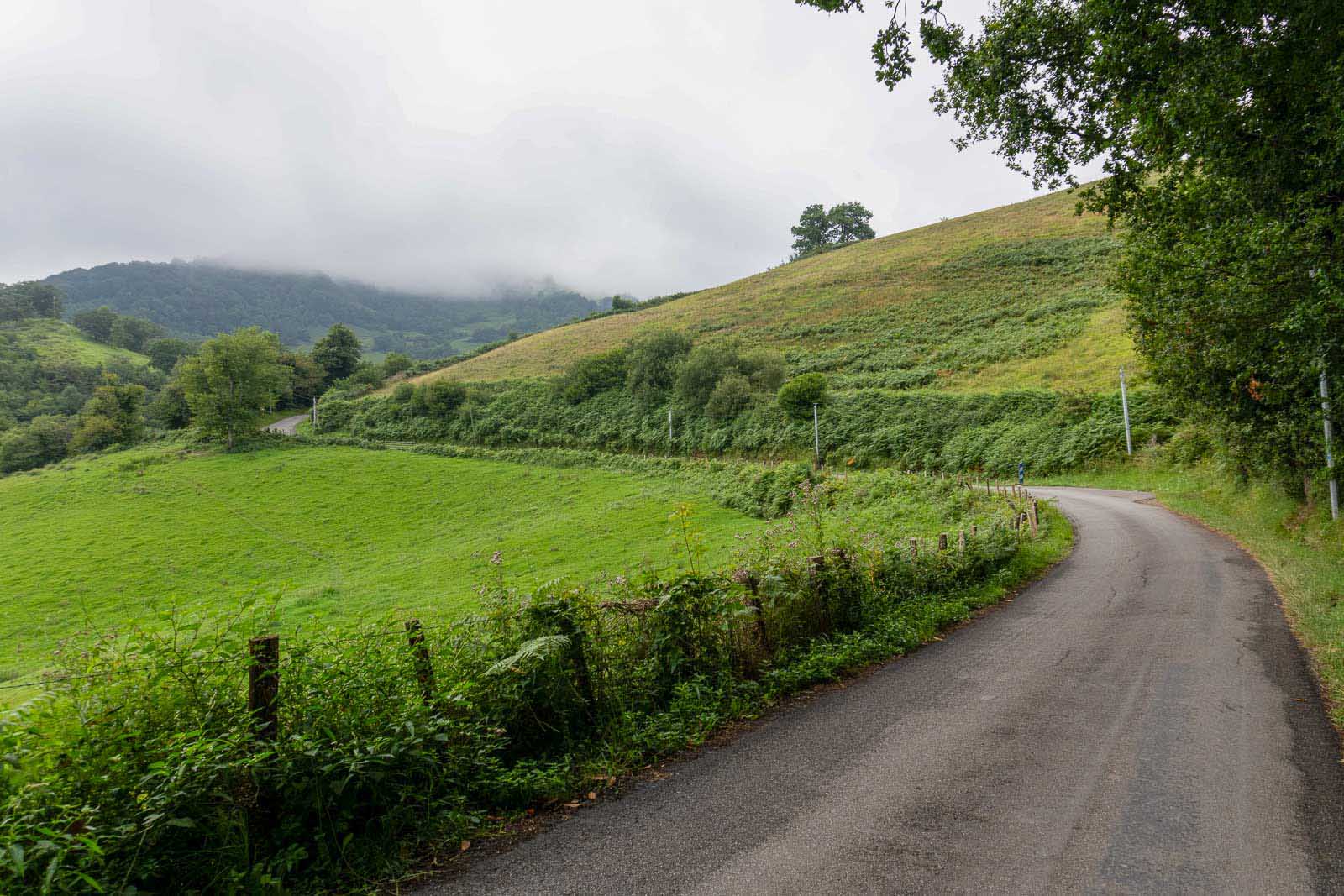
It includes more than just taking care of your feet. Sharing meals, medicine, words, and the good company of people, all form an interwoven tapestry of caring. Help on the Camino is not only available but actively given.
As one moves around, it becomes easy to prove this illusion that even when you are walking alone, one is never alone.
That very spirit of assistance is responsible for making the Camino what it is today. Regardless of whether it is your first time embarking or you are an experienced pilgrim, there will always be someone to offer a helping hand.
Along the route, you will meet various sorts of people. Some are searching for spiritual insight and others are out to grab new experiences.
Regardless of the Camino’s initial draw for you, compassion and kindness are the one thing everyone possesses in common.
We Tread Different Parts of the Same Camino
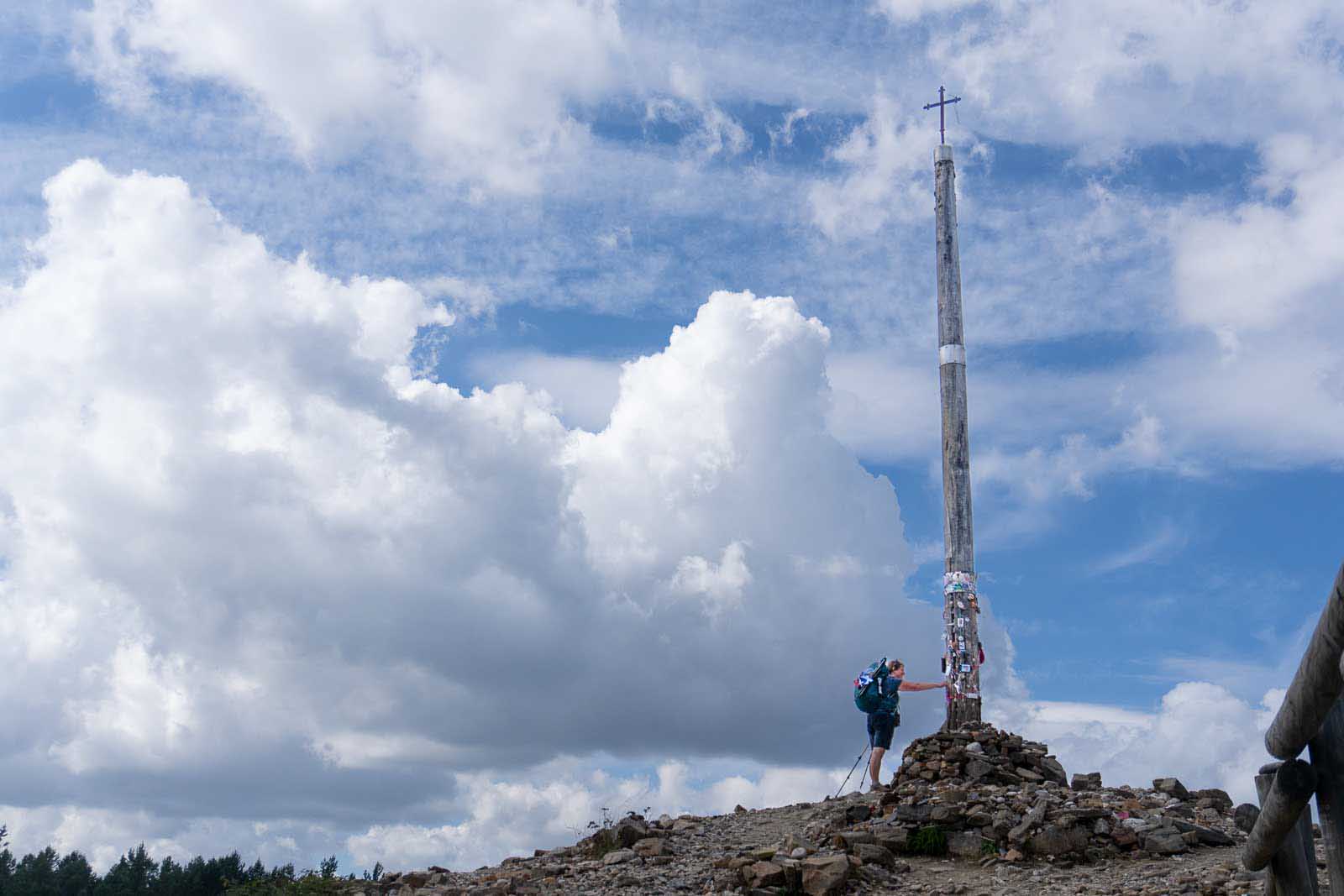
During my walkabout, there were days that I walked slower than other pilgrims. With time, I began to walk quicker than I initially thought I would be able to.
Eventually, like most things, I found my rhythm and strength. The final 8 miles turned from impossible to a walk in the park.
I vividly remember, near the last stretch that is towards Santiago. It was then that I became aware, yes people were still walking faster than me, but for the first time in weeks I was comfortable getting past the 8 miles mark.
While I heavily resonate with the phrase life is not a race, during my stint on the Camino it became evocative of the fact, we don’t progress at the same pace in life; and that is completely fine.
Synchronized movement with a group brings me peace and helps me come to terms with being in my thirties. It also gives me the chance to celebrate my achievements without comparing them against others’ successes.
What matters is we are all moving toward the same destination – Santiago.
Achieving a Goal Takes Time
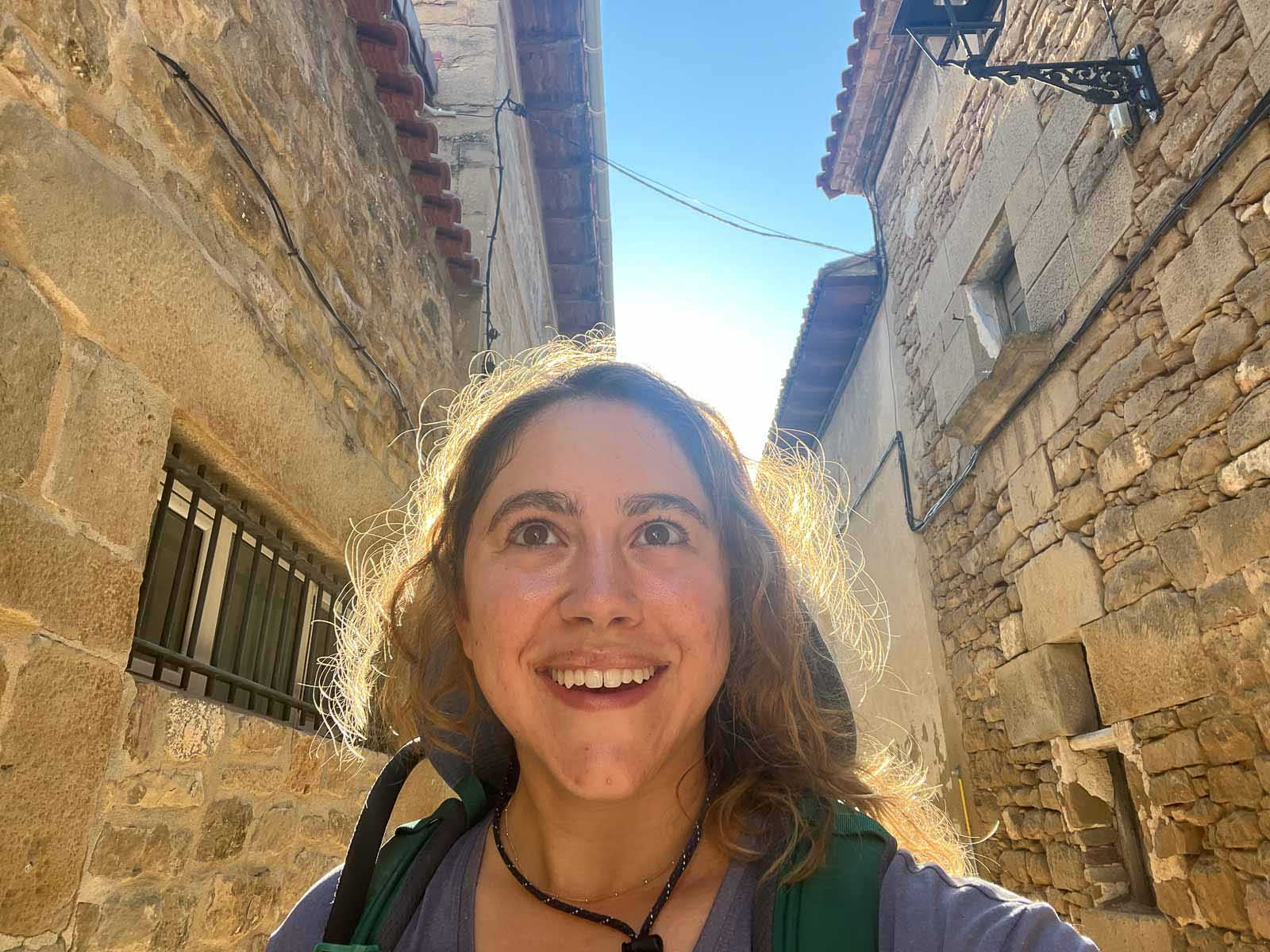
No shame in admitting it. I’m a bit of a control freak. And when I do fail, I go all out. I tend to become so disheartened that I don’t want to try anything ever again.
The Camino taught me that achieving targets is a series of steps and milestones towards your eventual destination.
Each day I was getting closer to my goal of Santiago de Compostela, one day at a time. I pushed through the hurdles and irritation and worked towards achieving my goals. And I refused to quit when I felt like I failed.
I did rest when necessary, and certainly took a break on days when illness took a toll on my body and feet. It’s okay to take breaks.
Equally, the journey solidified the importance of realizing that striving towards perfection isn’t the goal, achieving progress is.
Taking steps forward is always a good thing. Big goals can be achieved through small wins and completed through minute yet significant steps.
Real strength isn’t defined by the distance you walk in a day. It is about your endurance and the ability to adjust, regardless of how many miles that takes you.
You learn to listen to your body
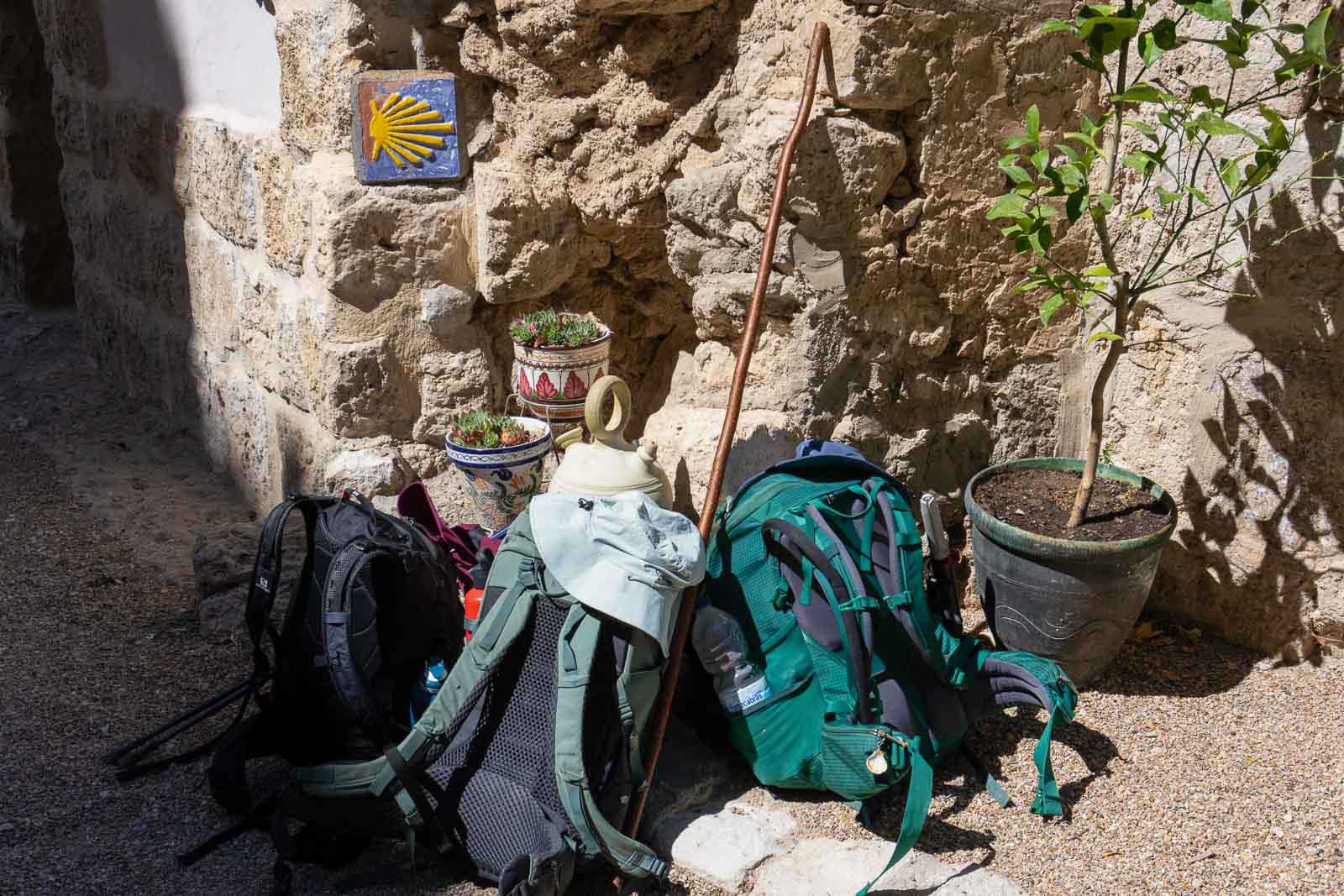
I used to get the bus when I felt strongly that it was necessary. I didn’t walk every mile of the Camino Frances and that angered me, greatly. But now I understand that respecting your body is a kind of strength.
Knowing what and when to push is and when to pull back is a different kind of intelligence.
During the Camino, I was able to pay attention to what my body was telling me. The silence during long walks assisted me in processing my thoughts much deeper.
Self-compassion paired with ambition is still a work in progress for me. In the day to day, it is very easy to ignore where the limits lie in fulfilling one’s expectation, or the expectations of others. During the Camino, I learned the importance of self-awareness and how difficult valuing your needs can be.
Grieving towards the end of a journey
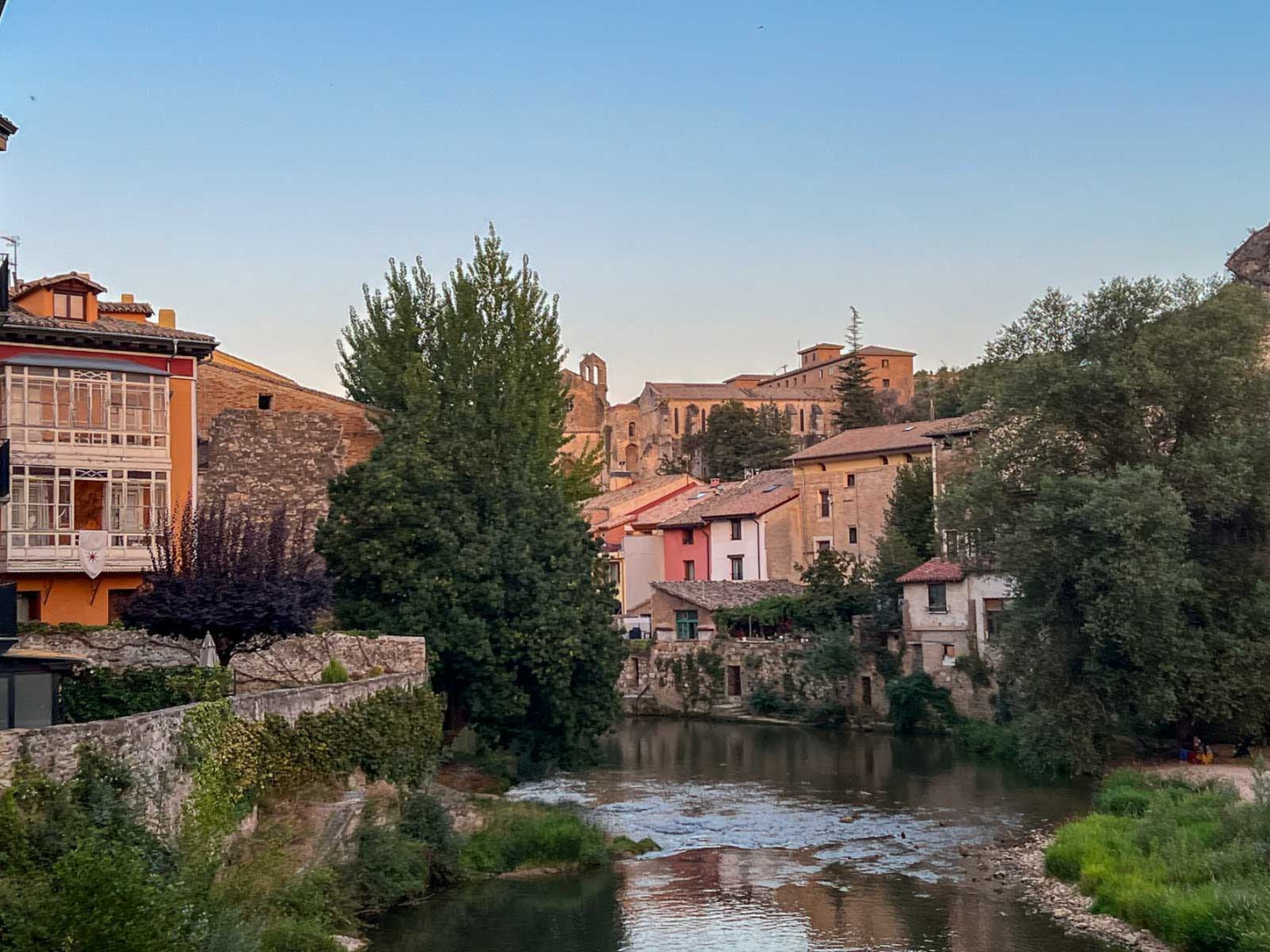
Grief can be felt whenever we are separated from someone in any context. During the Camino, you could potentially walk alongside the same group of people for a few days or even the rest of the journey. Every single pilgrim calls this your “Camino family”. Some people stick to one group throughout the way while some, for personal reasons, have to part ways.
In my case, I seemed to have a knack for blending into different groups and getting along with people rather rapidly, something I found different and unique. Sadly, when the Camino split into two forks and my friends decided to take a different one, I had to part ways. The newfound friends whose company I appreciated so much, I had to part from, which frankly was quite hard.
I pondered if we would ever have the chance to meet again. In my perspective, this pulse is not unlike the grief I experienced when someone locked in my deepest feelings died. These moments within the Camino served as strong reminders for whatever bonds two people can share quite deeply -so deeply that a person can feel the ache when it ends. We encounter countless faces throughout our lifespan but very few can forge genuine friendships with.
This ache has far greater importance, as the reminders are more prudent and live life to its fullest, without regrets. I valued the people around me more which was something I was not expecting.
That comes, however, is an important step in human development. I learned to appreciate the nuances of human connection as well as adapt to the acceptance of change and loss.
Moving Forward with the Journey
Reflecting on the reasons behind my month-long walk on the Camino de Santiago, it is now evident what was guiding me throughout that journey.
It’s like when you go hiking and check the view over your shoulder. When you’re walking, you are surrounded by mountains, and all you can see are rocks and dirt. Only later do you get the full view of the mountains.
I arguably could not fathom the full effect it was going to have on me. Now, I understand how valuable those lessons I went through are.
Knowing that you can appreciate the distance helps to gain understanding of the immensity of what you have gone through.
And so, the walk continues, one step at a time.


